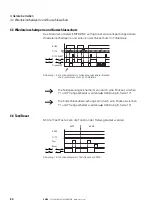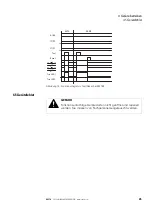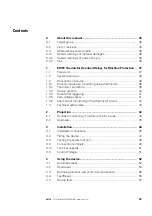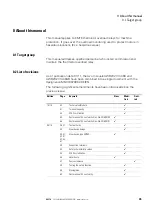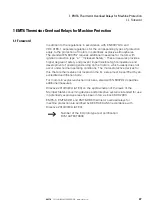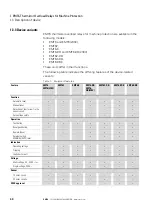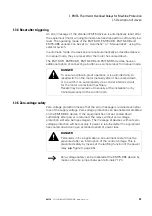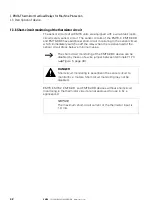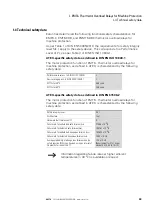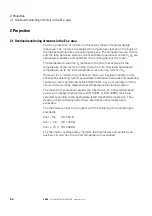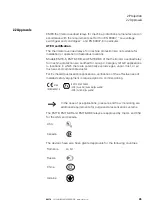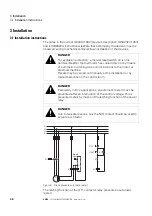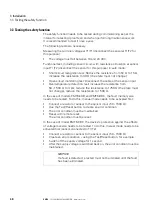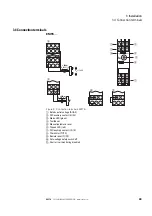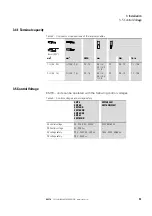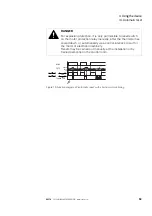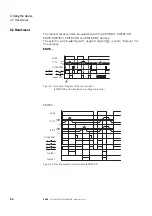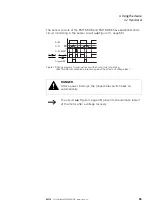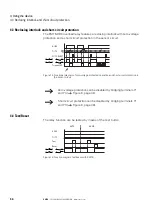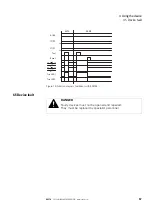
2 Projection
2.1 Overload monitoring of motors in the Ex e area
44
EMT6
10/16 MN03407006Z-DE/EN
www.eaton.com
2 Projection
2.1 Overload monitoring of motors in the Ex e area
The Ex e protection of motors is achieved by means of special design
measures. The motors are assigned to temperature classes on the basis of
the highest permissible surface temperatures. The temperature rise time t
E
and the ratio between startup current and rated operational current I
A
/I
N
are
calculated in addition and specified on the rating plate of the motor.
The temperature rise time t
E
represents the time that expires for the
temperature of the motor winding to rise from its final rated operational
temperature up to the limit temperature, at a startup current of I
A
.
However, Ex e motors are not safe on their own. Explosion safety is only
achieved by selecting further appropriate installation measures and operating
conditions (tests performed by DEKRA EXAM), e.g. by combination of the
circuit with a correctly rated and set temperature monitoring system.
The machine manufacturer equips the machine at its critical temperature
points with integral thermistors to DIN 44081 or DIN 44082, which are
selected according to the appropriate rated threshold temperature. They
develop a high resistance after their rated response temperature is
exceeded.
The thermistors must be compliant with the following limits according to
standards:
ϑ
NAT
- 5 K:
R
≦
550
Ω
ϑ
NAT
+ 5 K:
R
≧
1330
Ω
ϑ
NAT
+ 15 K: R
≦
4000
Ω
The thermistor overload relay monitors the thermistors and switches an
auxiliary circuit when the critical temperature is exceeded.

